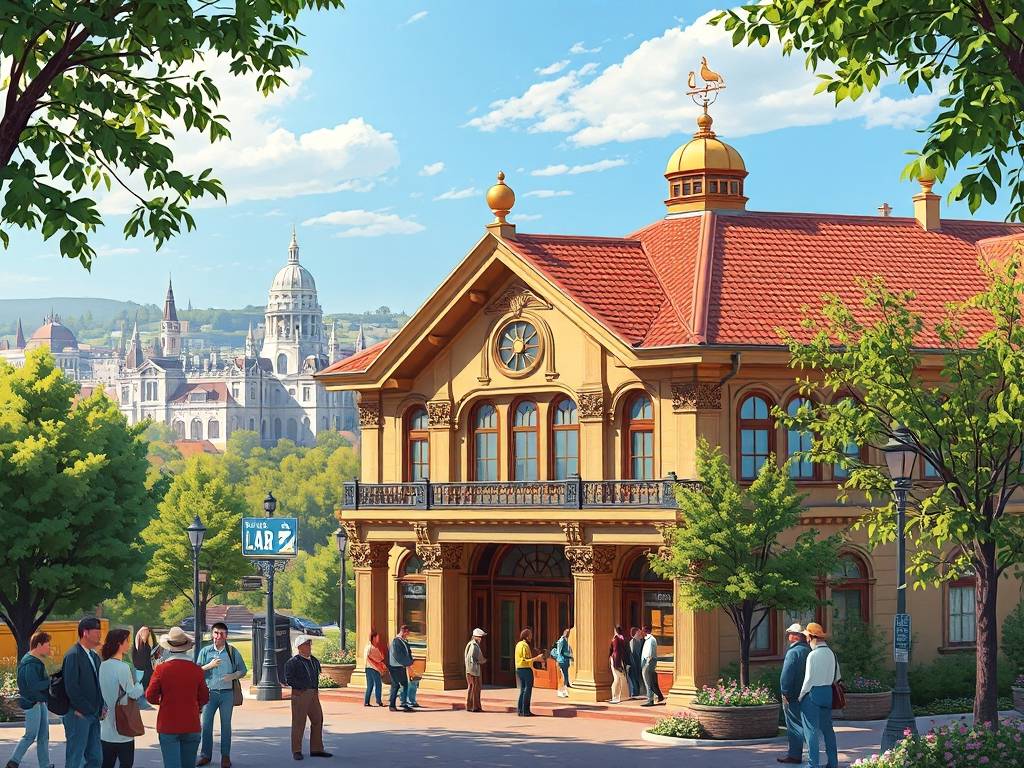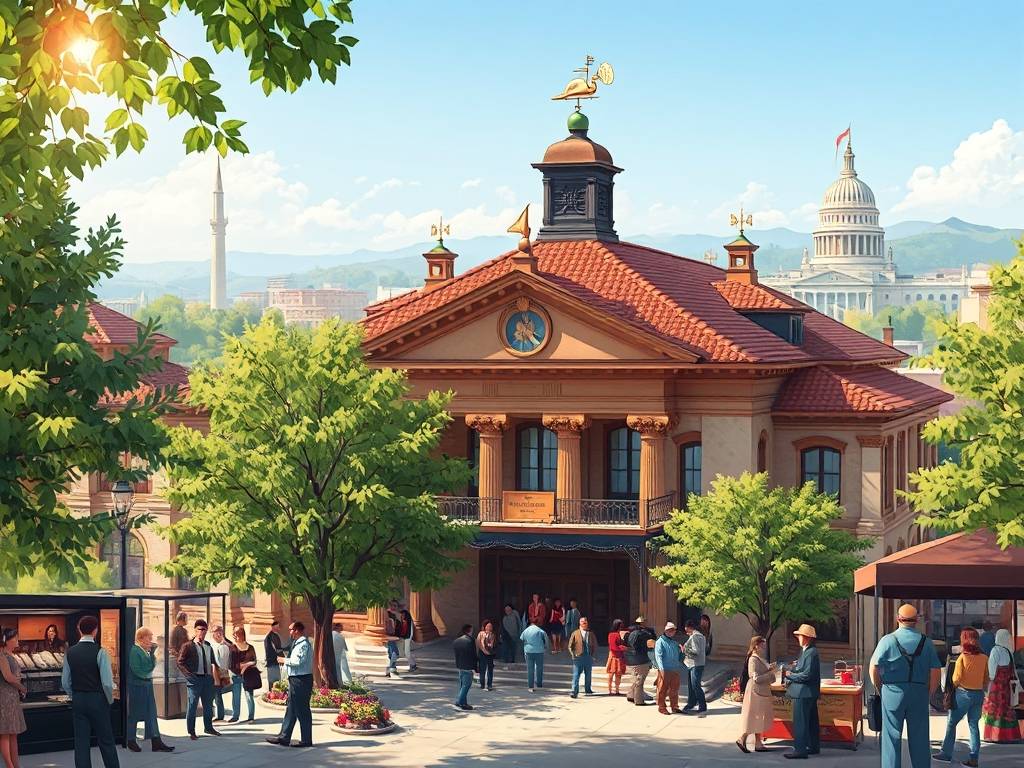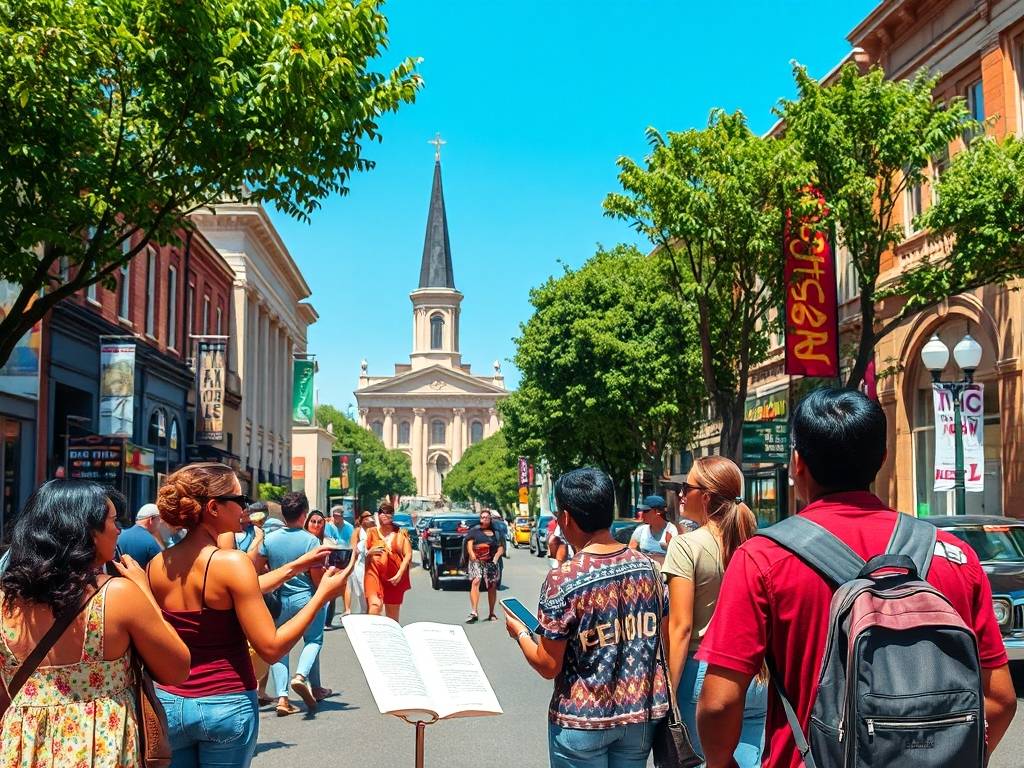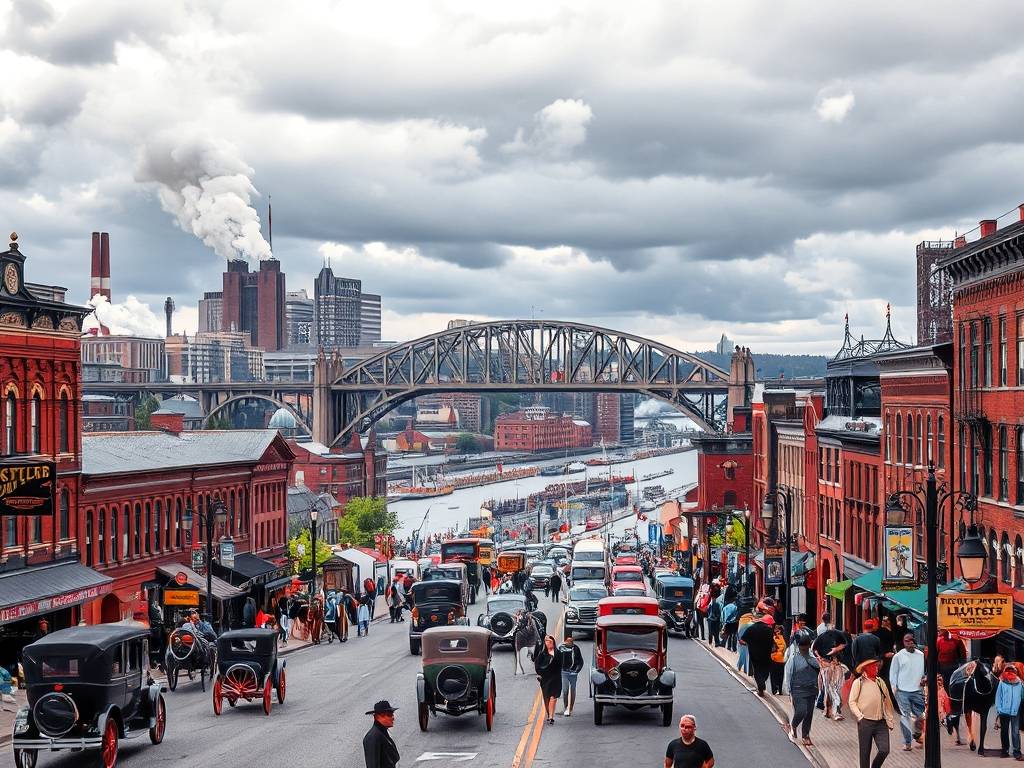USA Travel
US Travel: Gold Rush Museums in California’s Sacramento
The Golden Legacy: Uncovering California’s Heart in Sacramento’s Gold Rush Museums
There’s a certain magic in the California air around Sacramento. It’s more than just the warm, Central Valley sun; it’s the lingering spirit of a daring, desperate, and world-changing epoch. In 1848, when James W. Marshall spotted those gleaming flakes in the tailrace of Sutter’s Mill in Coloma, he set in motion a seismic shift that would forever alter the landscape, demographics, and dreamscape of America. The epicenter of this frenzy? The Sacramento region. Today, the best way to truly grasp the monumental scale and human drama of this period isn't by panning in a river (though that’s fun, too!), but by stepping into the world-class Gold Rush museums in California's Sacramento area. They don’t just display artifacts; they tell a foundational American story of ambition, fortune, and consequence.
Your journey into the past logically begins at the California State Railroad Museum in Old Sacramento. Wait, a railroad museum for a Gold Rush article? Absolutely. The connection is the very essence of the story. The California Gold Rush history created the urgent, desperate need for the railroad. Before the tracks, getting to the gold fields was a perilous, months-long ordeal by wagon or ship. The museum masterfully illustrates this "before and after." You can walk amongst towering, beautifully restored steam locomotives and stand in a full-scale replica of a passenger car, imagining the relative comfort it offered compared to the treacherous journeys of just a decade earlier. This museum solves the "how did they get here and how did the wealth get out?" question. It’s a critical piece of understanding the economic impact of the Gold Rush, showcasing how the desire for gold directly fueled one of the greatest technological and infrastructural achievements of the 19th century. For families and history buffs alike, this is a must-see attraction that provides crucial context.

A short, scenic drive from Sacramento leads you to the very spot where it all began: the Marshall Gold Discovery State Historic Park in Coloma. This is more than a museum; it’s a living landscape. Standing on the bank of the South Fork of the American River, looking at a replica of Sutter’s Mill, you can feel the history. The park’s museum is excellent, providing a clear narrative of the discovery, but the real magic is outside. You can see the spot where Marshall made his fateful discovery and wander through the preserved buildings of the town that sprouted overnight. This location powerfully answers the user's implicit question: "Where and how did it actually start?" It grounds the legend in a tangible, visitable place. Engaging in family-friendly Gold Rush activities here is easy—you can actually pan for gold in the river! While you’re unlikely to strike it rich, the simple act of swirling a pan, feeling the cold water, and searching for a glint of pyrite (fool’s gold) or, if you're very lucky, a real flake, is an unforgettable experience that connects you directly to the 49ers.
But to truly immerse yourself in the chaos and complexity of life in a boomtown, you must return to the heart of Sacramento and explore the Sacramento History Museum and the surrounding Old Sacramento Waterfront. This museum is the definitive guide to the city’s gritty origins. It tackles the story from the ground up, focusing on the people—not just the wealthy mine owners, but the miners, merchants, laundresses, and sailors who built the city. Here, you’ll delve into the best museums to learn about California Gold Rush from a street-level perspective. Exhibits detail the devastating floods and fires that regularly swept through the early city, the back-breaking work of raising the city's level to avoid future floods, and the incredible diversity of cultures that converged here.
This is where the narrative deepens, addressing the often-glossed-over aspects of the era. The museum doesn’t shy away from discussing the devastating impact of the Gold Rush on Native American communities, a tragic and essential chapter for a complete understanding. It also highlights the contributions of Chinese, Latino, and European immigrants, creating a rich tapestry of the social history. This directly solves the user's need for a comprehensive and honest account, not just a romanticized version. After the museum, a walk through the wooden sidewalks of Old Sacramento, with its historic buildings housing shops and restaurants, feels like walking through a time capsule, completing the immersive experience.
For a unique and deeply personal perspective, the Sutter's Fort State Historic Park, located in midtown Sacramento, offers a different "before and after" story. This was the personal empire of John Sutter, the man on whose land the gold was discovered. The fort is a beautifully restored adobe structure that represents the agricultural and trading empire Sutter was trying to build. The supreme irony, powerfully felt when visiting, is that the Gold Rush he inadvertently started destroyed his dream. His workers abandoned him for the gold fields, squatters overran his land, and his enterprise collapsed. Walking through the rooms of the fort—the blacksmith shop, the bakery, the living quarters—you get a sense of a ordered world that was about to be utterly upended by the discovery that happened just miles away. It’s a poignant reminder that for every winner in the Gold Rush, there were many others who lost everything.
So, how do you plan the perfect Sacramento Gold Rush educational trip? The beauty is in the proximity. You can easily base yourself in Sacramento for several days and visit all these sites. Start with the Sacramento History Museum to get the foundational story. Then, spend an afternoon getting lost in Old Sacramento, perhaps taking a riverboat cruise to see the city from the waterway that was its original lifeblood. Dedicate a full day to a trip to Coloma to see the discovery site. Weave in the Railroad Museum and Sutter's Fort on other days to complete the narrative circle. This itinerary ensures you see not just the "what" but the "why" and "how."
The legacy of the Gold Rush is embedded in California’s DNA—its "can-do" attitude, its diversity, its cycles of boom and bust. A visit to these Gold Rush museums in California's Sacramento region is more than a history lesson; it's a journey to the root of the California Dream. It’s a story of human resilience, environmental transformation, and the relentless pursuit of a better life. By walking these grounds, peering into these exhibits, and even dipping a pan into the river, you aren't just learning about history. You're touching it. So pack your sense of adventure (no need for a pickaxe), and come discover the real mother lode in Sacramento.

相关文章
- US Travel: Revolutionary War Museums in Massachusetts’s Lexington
- US Travel: Historic Plantation Tours in Louisiana’s New Orleans Vicinity
- US Travel: Jazz History Walks in Louisiana’s New Orleans French Quarter
- US Travel: Industrial Revolution Sites in Pennsylvania’s Pittsburgh
- US Travel: Civil Rights Movement Tours in Alabama’s Birmingham
- US Travel: Victorian Mansion Tours in Rhode Island’s Newport
- US Travel: Mission Tours in California’s San Juan Capistrano
- US Travel: Pirate History Tours in North Carolina’s Outer Banks
- US Travel: Colonial Era Tavern Visits in Pennsylvania’s Philadelphia
- US Travel: Native American Powwow Experiences in Oklahoma
发表评论
评论列表
- 这篇文章还没有收到评论,赶紧来抢沙发吧~


